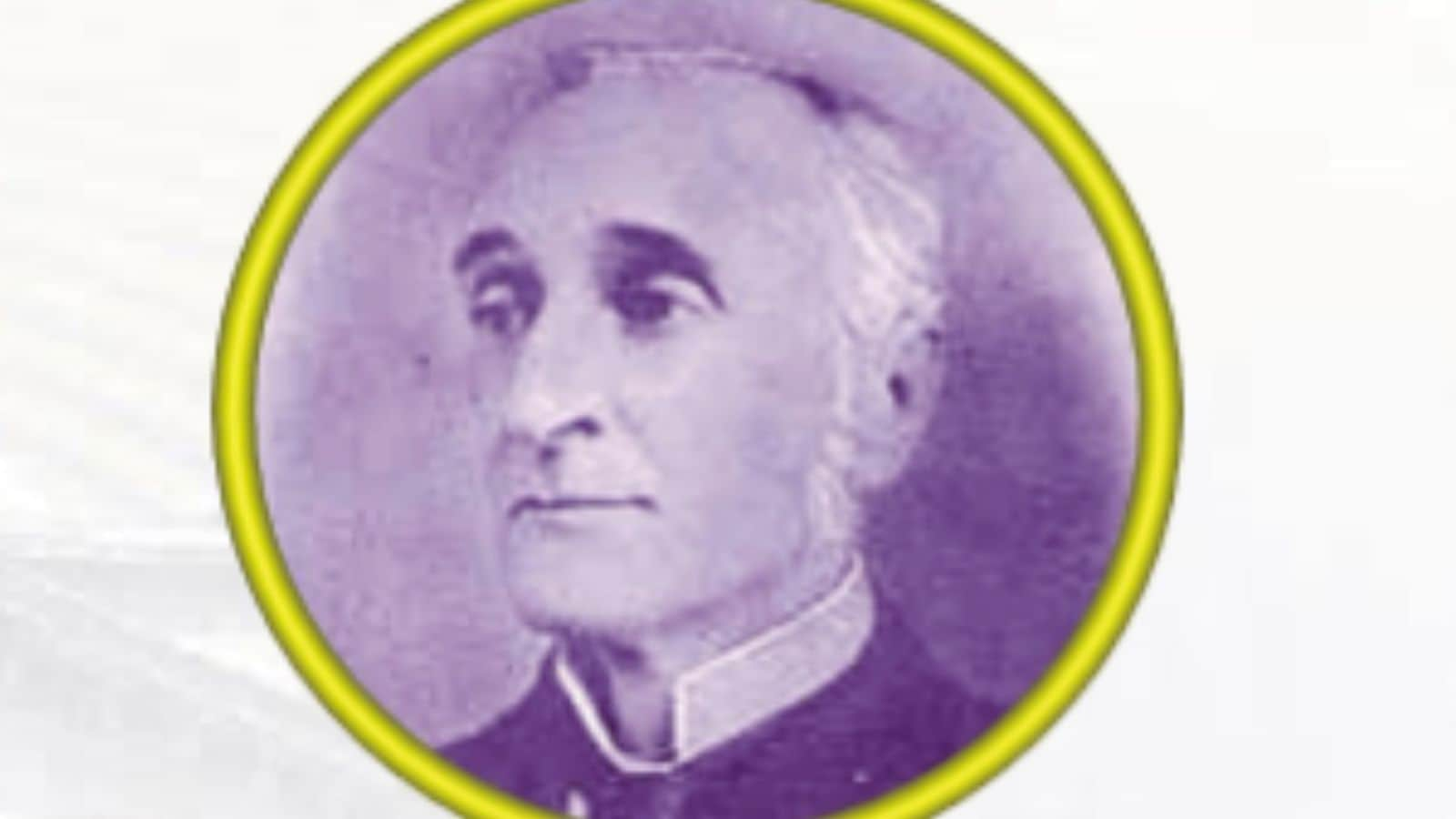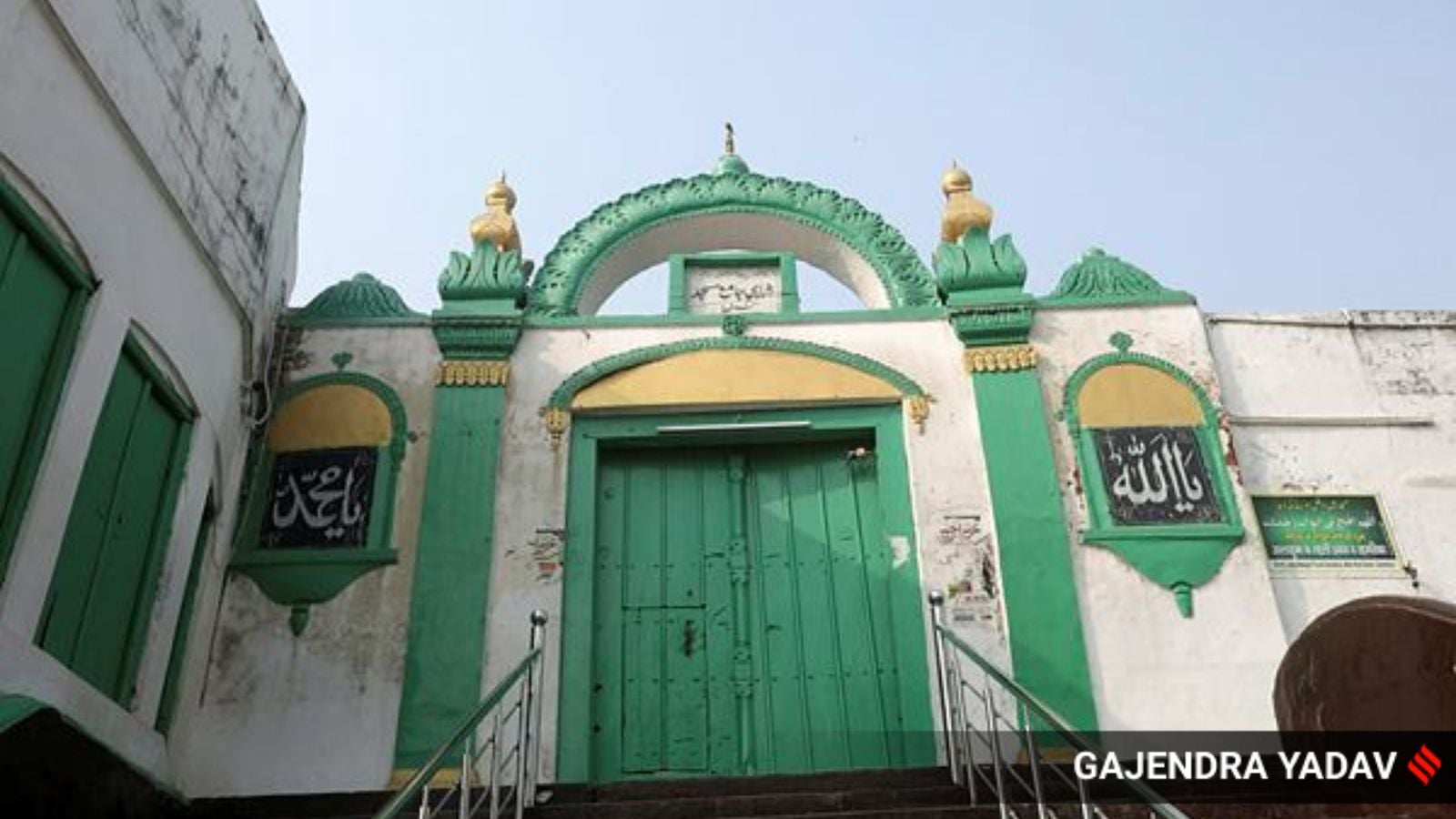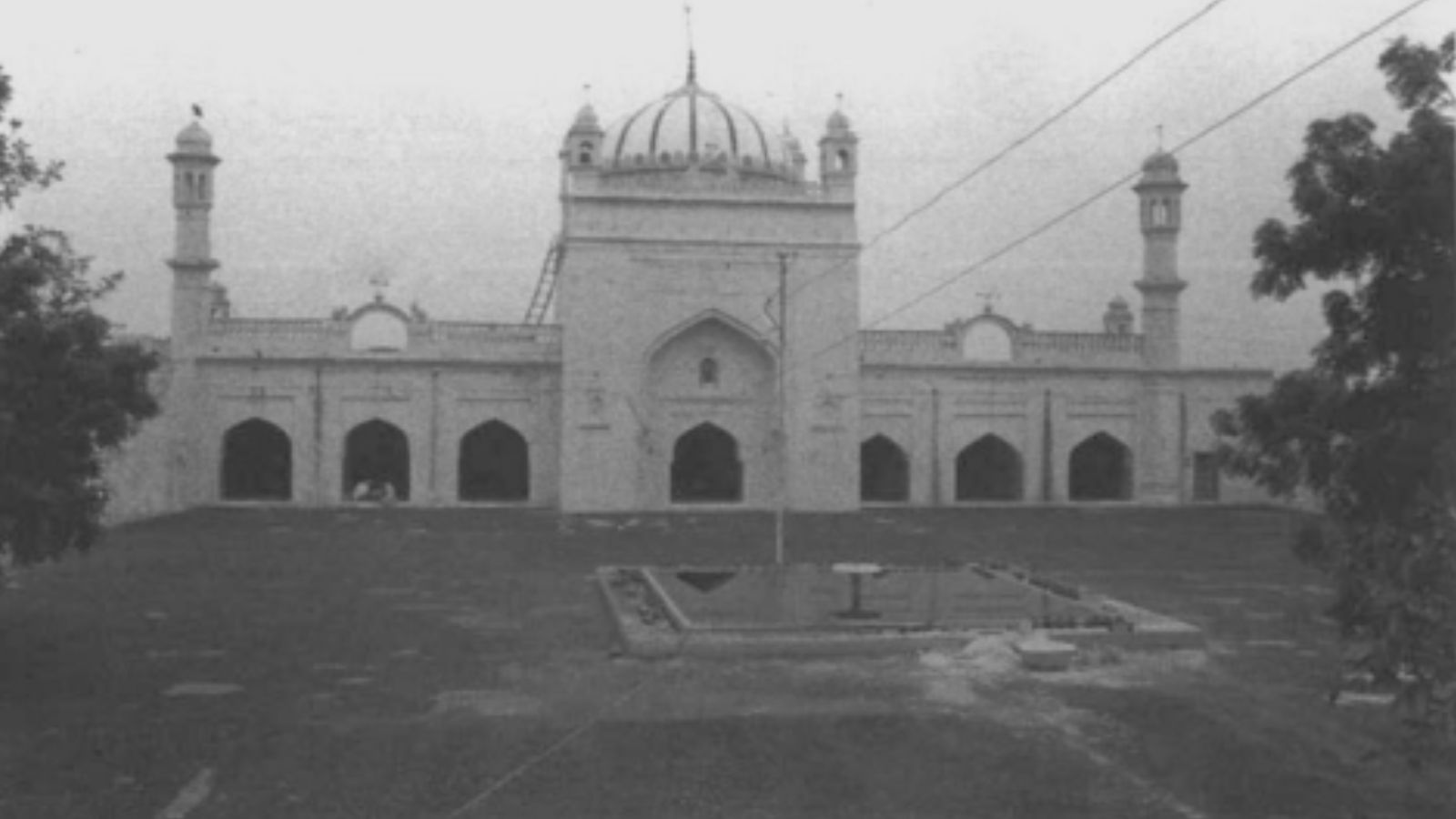THAT THE Jami Masjid in Uttar Pradesh’s Sambhal district — which is now at the centre of a row over a court-mandated survey — was built in 1526 by an official of Babur seems to be beyond doubt. Much else about the mosque is unclear, lost among strands of mythology, history, and legal documents.
On November 29, five days after the survey of the mosque led to violence that killed four people, the Supreme Court asked the petitioners to approach the High Court over the matter and directed the trial court to not take any action until the case is heard.
The Supreme Court was hearing a plea by the management committee of the mosque challenging an order of the Civil Judge (Senior Division) allowing the survey of the mosque which the Hindu side claims was built by destroying a Hindu temple.
The Hindu parties had claimed in the Sambhal court that a “Shri Hari Har temple made by Lord Vishwakarma Himself” originally stood at the site and that it was demolished to build the mosque. They cited a prevalent belief that Kalki, the 10th avatar of Lord Vishnu, will appear in Sambhal in kaliyug (the current era of the world, according to Hindu mythology).
The current case is not the mosque’s first brush with a legal dispute. A title suit by the Hindu side was filed over it in a Moradabad court and an appeal in the Allahabad High Court in 1878, but was dismissed by then
 Chief Justice Sir Robert Stuart. (Express)
Chief Justice Sir Robert Stuart. (Express)
Documents from that case, available in Urdu and seen by The Indian Express, say that the Hindu side’s plea was rejected because they could not prove the Muslims had not been using the site uninterrupted for 12 years [the grounds of adverse possession], that no parikrama path for circumambulation of the idol seems to exist inside the mosque, and that the witnesses from the Hindu side appeared to be of poor quality who had never seen the mosque from inside.
The story of the mosque
The Sambhal mosque is known to be the oldest surviving Mughal mosque in the country, and is a protected monument under the Archaeological Survey of India (ASI).
The history of the mosque is tied to the history of Sambhal. According to the district’s website, “During 5th century BC, Sambhal was home to the Panchal rulers and was subsequently a part of king Ashoka’s empire.”
Under the Muslim sultanate, Sambhal was a part of Qutb-ud-din Aibak’s empire, the Tughlaq empire and an important centre under the Lodis.
Sambhal came under the Mughals after Babur defeated Ibrahim Lodi in the Battle of Panipat in 1526. The Sambhal mosque was built the same year by Hindu Beg, an official under Babur. Only three mosques built during Babur’s reign survived into modern times — the Jami Masjid in Sambhal, the Kabuli Bagh mosque in Panipat (1527-28 AD), and the Babri Masjid of Ayodhya (1529), which was demolished by kar sevaks in 1992.
 The mosque having pre-Mughal features has been noted by historians too.(Express Photo by Gajendra Yadav)
The mosque having pre-Mughal features has been noted by historians too.(Express Photo by Gajendra Yadav)
In his research paper Patronage of Zahir al-Din Babur [published in Bulletin of the Asia Institute in 1987], American historian Howard Crane says that while Babur’s memoirs do not mention the Sambhal mosque, they do “state that a certain Hindu Beg Qücin, who had accompanied him from Käbul, had been posted to Sambhal in 1515-16 and again in 1528-29”. It is Hindu Beg who built the Jami Masjid, according to an inscription at the mosque.
American historian Catherine Asher has written about the mosque in great detail in The New Cambridge History of India’s Architecture of Mughal India, published in 1992.
Asher writes that the Sambhal mosque was constructed in 1526 by Mir Hindu Beg, “an important noble in the court of both Babur and Humayun”.
“Built a year before Babur’s Kabuli Bagh mosque in Panipat, the Sambhal mosque is the first extant Mughal building in India. The complex is entered through a gate on the east that opens to a large walled courtyard. The prayer chamber, like the one of the Panipat mosque, is rectangular with a large square central bay. Its entrance is set into a high pishtaq, recalling those of Sharqi mosques at Jaunpur. The chamber is flanked on either side by three-bayed double-aisled side wings. A single dome surmounts the central bay, and a small flattish dome surmounts each bay of the side wings. The mosque’s pishtaq and other features resembling fifteenth-century Sharqi structures in nearby Jaunpur suggest a reliance on local artisans and designers.”
Asher goes on to state that “even though the Sambhal mosque was renovated at least twice in the seventeenth century, enough of its original state remains to show that the plan and general appearance anticipate Babur’s Panipat mosque commenced the following year”.
She writes that the mosque at Sambhal was the “largest one constructed in the Delhi region since Timur’s sack of that city in 1398. This mosque is situated high on a hill and dominates the city for a considerable distance”.
The current claims
The Hindu claims of a temple existing at the site stem from the belief that features of a temple can still be traced in the mosque building, and that rubble from a temple seems to have been used in building it. These “features” include a chain hanging from the mosque’s dome, which they believe once held a bell, the columns of the mosque resembling a temple’s, and a path for ‘parikrama’ existing inside the mosque.
Many of these have been enumerated in an ASI report from 1874-76 by ACL Carlleyle, First Assistant of the ASI, titled ‘Tours in the Central Doab and Gorakhpur’.
Carlleyle writes, “The principal building in Sambhal is the Jami Masjid, which the Hindus claim originally to have been the temple of Hari Mandir”. He then states that the inscription mentioning Babur – which, he points out, gets the emperor’s name wrong – is believed by the Hindus to be “a forgery of late date”.
“The walls of the central square Hindu temple would appear to have been built with large bricks cased with stone, but the plaster with which the Muhammadans have coated the walls conceals the material of which they are made; and I can only say that, on examining several spots where the plaster was broken, I found that in some places stone was exposed. I believe that the Muhammadans stripped off most of the stone, especially such as bore traces of Hinduism, and made a pavement of the stones, turning the sculptures downwards… Underneath the outer steps of the outer court I dug out some fragments of sculpture in reddish sandstone, one of which was the upper portion of a fluted pillar.”
Sir Alexander Cunningham, who was then the director general of ASI, however, disagreed with Carlleyle, adding a note to the report that reads, “The inscription in the masjid, which the Hindus denounce as being forged, appears to me to be quite genuine.”
Hafizur Rehman Salahi, a resident of Sambhal who was earlier a researcher with the United Nations Development Program (UNDP), told The Indian Express, “Hindu Beg seems to have repaired an existing mosque instead of building a new one, as the Jami Masjid has features of Pathan architecture more than Mughal architecture.”
The mosque having pre-Mughal features has been noted by historians too.
Austrian historian Ebba Koch, in her book ‘Mughal Architecture: An Outline of its History and Development’, writes, “Although he [Babur] is celebrated as a founder of gardens, it is his mosques in Sambhal (1526), Ayodhya and Panipat (both 1528-29) that remain as chief monuments from his brief reign. They attempt to do justice to a large scale by borrowing inadequate forms of the decaying Sultanate architecture.”
 Mir Hindu Beg’s mosque, Sambal. (Express)
Mir Hindu Beg’s mosque, Sambal. (Express)
Meenakshi Jain, Delhi-based historian of colonial and medieval India, told The Indian Express that evidence did suggest the existence of a temple at the site of the mosque. “The use of temple material was evident in two rosettes on stone steps leading to the eastern gateway, the chain for hanging the temple bell, and a passage at the back for performance of parikrama by devotees, among other tell-tale pieces of evidence,” said Jain.
She also said Babur seems to have chosen the three locations of his mosques with great consideration. “Panipat was the site of his victory, but Ayodhya and Sambhal were of significance to Hindus, which he was well aware of. That the Mughals knew about Sambhal’s significance for Hindus can be made out from Abul Fazl’s Ain-e-Akbari, in which he showed awareness of Sambhal as the place where the last avatar of Vishnu would be born. He doesn’t mention the destruction of the temple by Babur and the construction of a mosque.”
However, other historians have dismissed the claims of a temple. American historian Crane, who says that the mosque is built of stone masonry covered with plaster, writes, “Hindu tradition asserts that the mosque occupies the site of and incorporates parts of a celebrated Vishnu temple called the Hari-Mandir, but the appearance of the Jämi Masjid in no way supports this assertion.”
Historian Sohail Hashmi said ascribing religion to architecture can lead to misleading conclusions. “If people live and build side by side, their heritages and styles are bound to influence each other. The whole concept of ‘Islamic architecture’ or any religious architecture is misguided. Domes come from pre-Christian Romans, the arch from Sumerians. Mosques in Kashmir and China or older mosques in Kerala don’t have minars. The presence or absence of a particular type of architectural feature does not decide the religious character of a structure. What is important in the case of Sambhal is there is no history of a simmering dispute at the site.”

